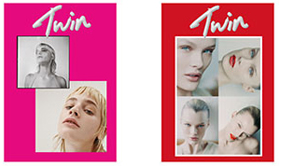There is something irrevocably slow on your senses when you look at Tekla. The colours are near chalky in their palette, the cotton looks crinkly fresh, the towels almost smell of warmth.
The Copenhagen based brand founded in 2017, and ever since has laid out a clean, concise and calm vision, the equivalent of the sound of running water in a brook, the sensation of swimming in April in the harbour, of sitting on boardwalks, of lying in sun dappled sheets at 10am on hazy Sunday mornings.
An unsatisfied search for home textiles led founder Charlie Hedlin to commence the creation of a line of functional yet formulaic home textiles that would not forego beauty nor ignore the importance of practicality and sustainability either. Seeing images of bedsheets in Danish homes, it is hard not to connect the founder’s visual aesthetic to his roots – modern but not too avant garde, classic yet not traditionalist. It’s a balance on stable foundations, and the brand’s growth is a perfect reflection of that.
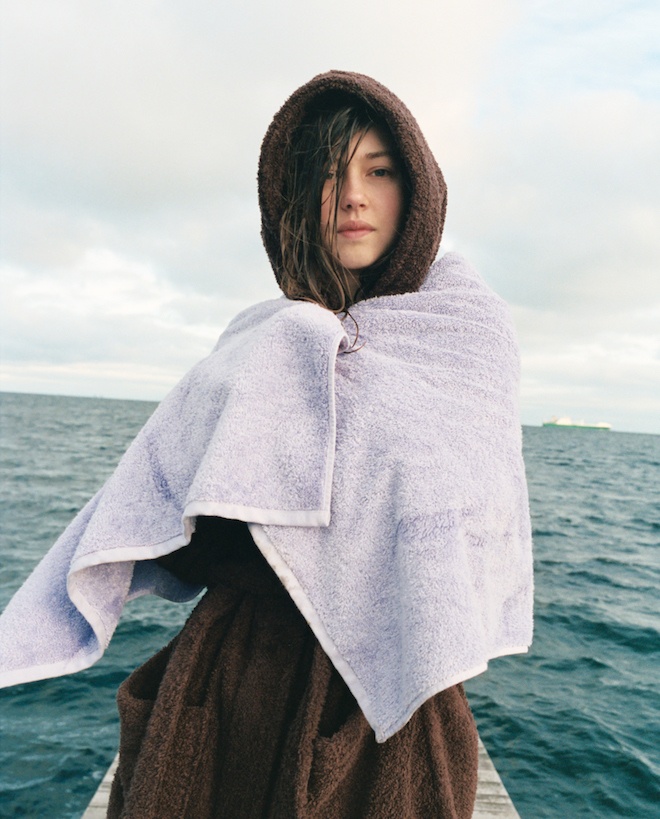
The campaign imagery alongside also harks back to the bounteous presence of nature for many Danes, treasuring their forests and lakes as much as their boardwalks and harbour swims.
The simplicity of the sheets shots too – with its delicate focus on complementary colours and their gentle companionship – reminds us of Copenhagen loft apartments, with high ceilings, elegant furnishings and warm Spring sun pouring through onto the parquet flooring.
It isn’t often you come across a truly delightful home textiles brand, but in the age of isolation, more and more people are turning their eye inwards to their current surroundings. No more will trims and embellishments reign, but predictions of a softer desire in all of us as vulnerability comes through and the fragility of nations becomes ever clearer.
Keep Tekla close in your night and day: a brand to soothe, to comfort, to remind you of the beauty in small things such as box fresh cotton sheets, and towels to engulf after cold dips in the ocean.
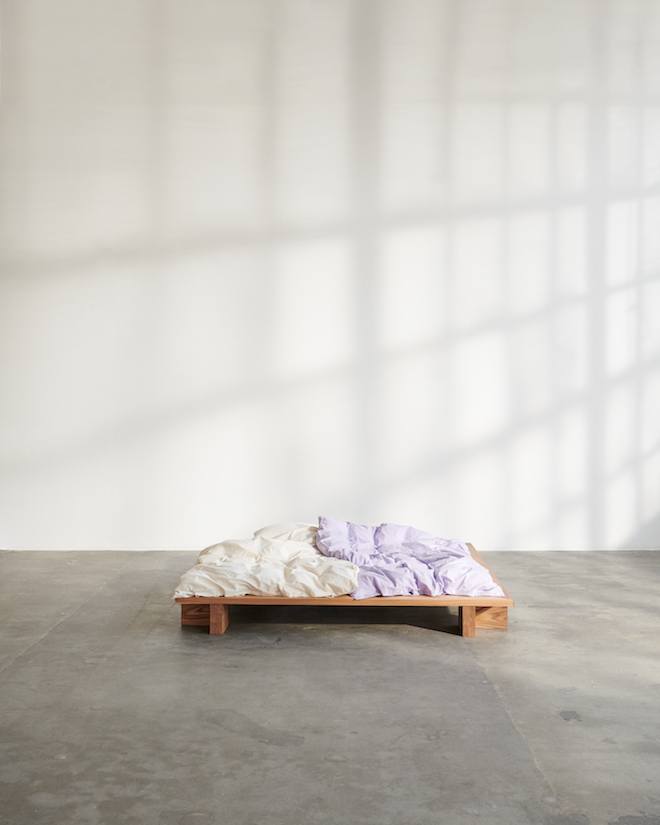
Why and how did Tekla begin?
The need for starting Tekla was honestly trickled from my frustration of being extremely difficult to find beautiful, yet affordable home textiles. I’ve moved around so much – Paris, Amsterdam, L.A. and every time I moved I needed to buy new bed sheets or towels. However, there was nothing that made me think ‘This is it’. At some point, it was not about home textiles anymore, but it was about creating something that you buy to wear in your spare time or to sleep in; products that I want to use, that are very functional but in a beautiful way. I started developing the concept and the idea while doing freelance work on the side for the first 8 months. I started it all from my savings, but since we registered significant growth in the first 6 months, and the first bigger order needed to be done prepaid, I decided to take investors on board.
What is the meaning behind the name?
I was in a national sailing team when I was a kid and I called all my boats Tekla, so that’s where the name came from.
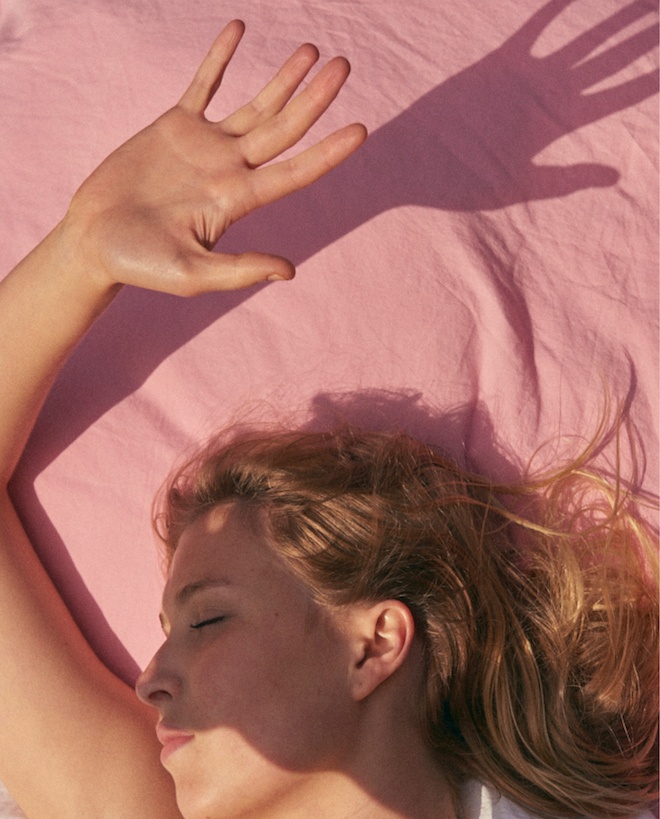
Why do you think bedding and bathroom have never been explored before in the same extent Tekla has?
I have always felt that I could buy any piece of furniture, but the lack of good sustainable and affordable home textiles made me want to create something new and different. I think people these days start realizing the essential roles of things we possess at our homes and their value. Home is your personal safe space, a reflection of who you are as a person. Everywhere you move, you are conscious of being in space that is comfortable. You want to surround yourself with different feelings, emotions, that takes you back to the serenity of childhood. Something you can escape in and I think that will matter more than ever now.
What is it about the bedroom that fascinates?
I always considered my bed a safe space when I was a kid and I still feel that way today— I let go of all the things in my head, what’s going on at work and this and that. Your bed is a carefree-zone. It’s where you’re at your most vulnerable and emotionally exposed.
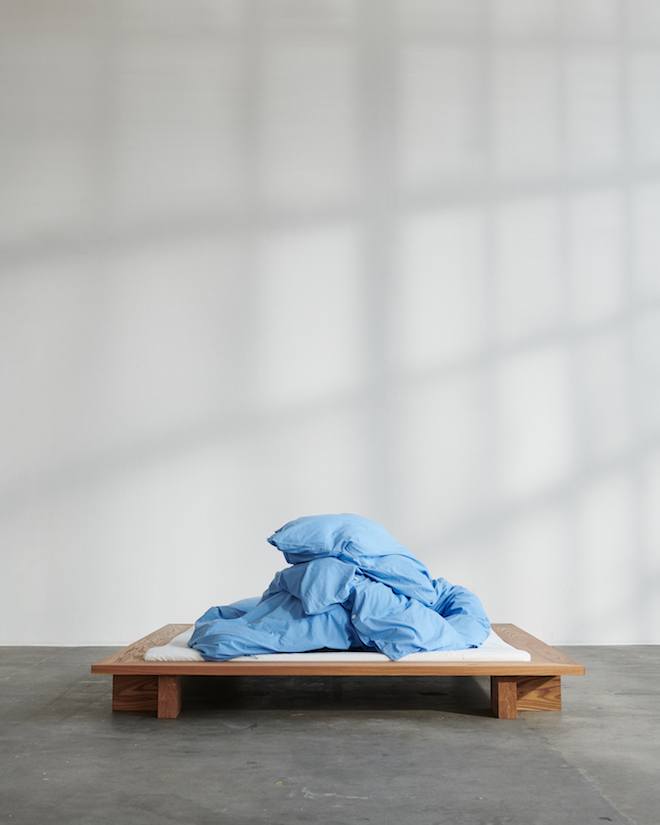
What do you think the creative industry will learn in this time of unprecedented change?
Ultimately, this could lead to a positive outcome for the planet and its people. Industry- wise, surviving brands will become more adaptable, resilient and attuned to emerging change. People will hopefully slow down, and their regular travel, production and consumption patterns will shift. People’s shopping habits will change and companies would need to adapt accordingly.
How do you plan to expand, or do you think specialization on key areas of business is key?
At the moment it is very hard to talk about expansion. Rather than expanding our product line, we want to improve the quality to keep delivering the best possible product on the market. Everything from our packaging to the raw materials that go into every one of our designs, there is a deep respect for craftsmanship, the tactility, and functionality of natural fabrics and materials. We work with a responsible-first approach and try to be as transparent as possible regarding our actions. However, areas remain, where we can still improve, and these are a priority both when we embark on new projects but also in the continuous optimization of our existing setup. These actions will become essential in the upcoming months for brands to position themselves on top of the ladder.
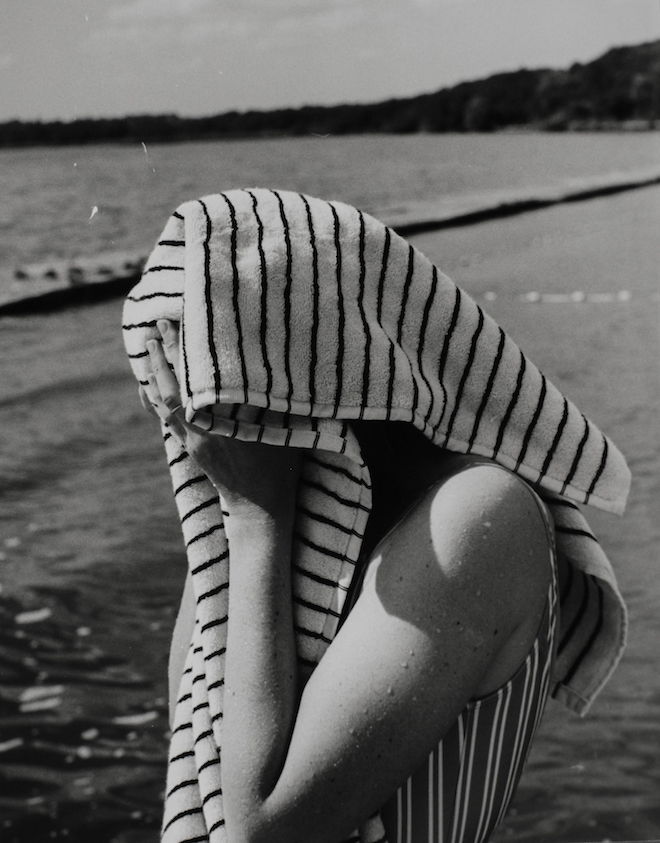
How do you establish a narrative into the brand?
We do not really plan the narrative beforehand. I think it all comes down to being honest about your product and staying true to yourself, then the narrative shapes itself. Building trust between us and the consumers is the most important thing for us. And it matters now more than ever because when the outbreak eventually ends, consumers will not begin searching for brands they hope they can trust, but rather stay with those who they have already established relationship with.
Would you call yourself a luxury brand? / What do you think defines luxury?
Joining together a refined and understated design language with the best of today’s materials for products that will stand the test of times in both quality and appearance. A combination of thoughtful products and quality, that serves a genuine purpose in the world, that is a luxury for me.
Where do you find inspiration?
I am getting inspired by spaces and textures. Tekla is about freedom, and to me, functionality is freedom. To live simply and not have too many things, to live in a space with less but better furniture makes it all so relaxed, and adds more quality to your life I think. It’s about creating a room that feels light and warm. This inspiration you can find anywhere, galleries, museums, airports. However, homes that I have always admired are spaces designed by Alvar Aalto, Mies van der Rohe, Axel Vervoort and John Pawson. Even if it’s, some people might say – minimal, I would say it has so much thought into every element in the room that it gives you serenity, that I do not think a lot of other rooms give you. Lately, I have been inspired by the Kanaal project by Axel Vervoort – a cultural and residential complex built near Antwerp, which opened recently after 18 years in the making.
Follow Tekla at @teklafabrics

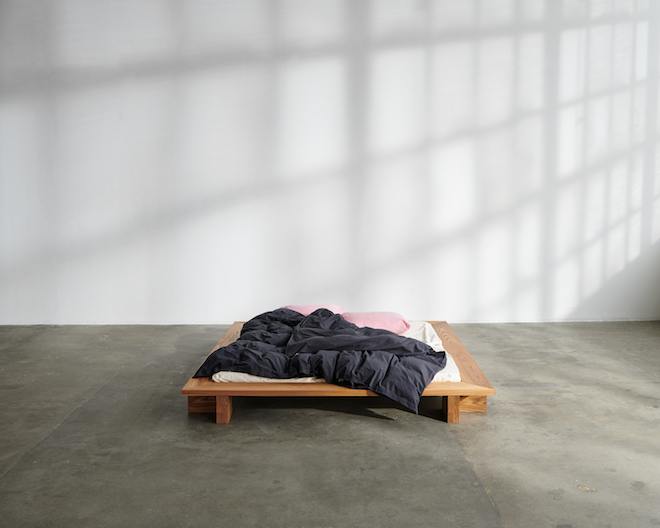
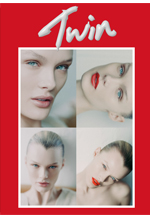
 Twitter
Twitter
 Tumblr
Tumblr
 YouTube
YouTube
 Facebook
Facebook
 Instagram
Instagram
